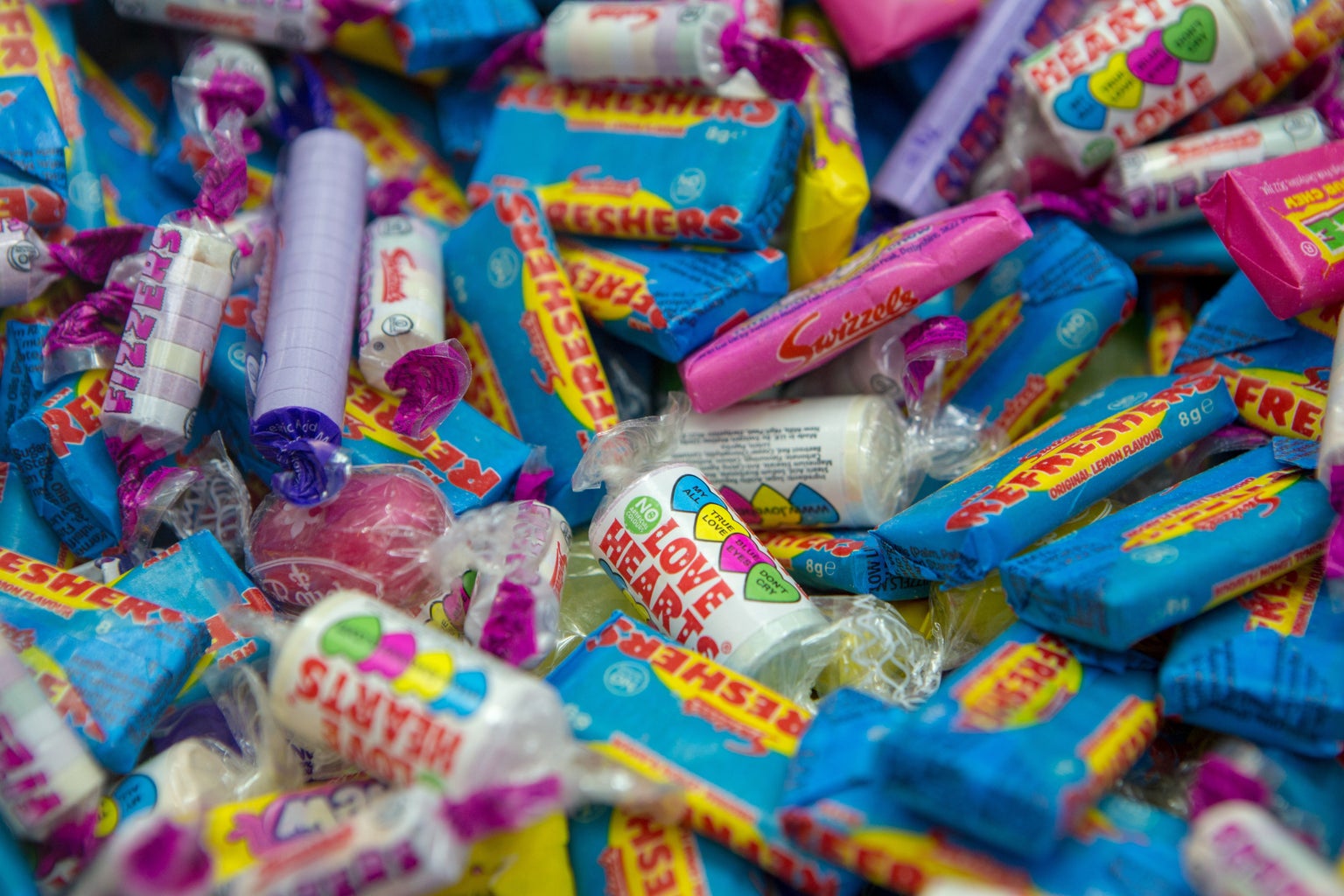Over the weekend, I finally had the opportunity to watch the recently popular television show that has kept the world on the edge of their seats, Squid Game, with my roommates. Its highlight of Korean culture and childhood games took me down memory lane to remember the interactive traditional toys that I used to play with when I was learning Chinese at my Chinese School. Moreover, the honeycomb challenge that has trended all over the internet reminded me of the candies I used to eat.
Chinese Yo-Yo
Having many regional names, this fun and challenging toy is most commonly known as a “diabolo” or “kōng zhú” (空竹). Traditionally, it’s made out of wood or bamboo, but nowadays rubber ones are made. It is an hourglass-shaped item that spins using a string that is tied to two sticks. In order to get the diabolo to move and rotate, you have to move your hands up and down with one of the sticks held in each hand. More advanced players will be able to toss the yo-yo into the air at great heights and catch it on the strings while keeping it moving. Similar to playing with a western yo-yo, players can manipulate the strings with different tricks — such as the trapeze cradle knot — in order to keep the diabolo moving in interesting ways.
I became most interested in this toy when I saw it being used as part of acrobatic performances. So when my school was selling them, I grabbed at the chance. My cousins and siblings would often play inside our house or right outside on the porch which wasn’t the greatest idea. We constantly had to make sure the toy didn’t knock something down that wasn’t ours. I wasn’t very skilled at this toy, so being able to catch it was exhilarating because I didn’t have to brace myself for the impact if I missed. Sometimes my diabolo would get tangled with the strings, so experimenting with how I should move my sticks was a major part of mastering it!
Shuttlecock
Despite this term often referring to the badminton sport, it can also refer to the rainbow-feathered weighted toy called the “jianzi” (毽子). This toy dates back as early as the 5th century B.C. in China where it is said to have evolved from a game made as military training. It’s been played since the Han Dynasty and has become a sport in modern history. The goal is to keep the shuttlecock in the air by only using your feet and body. Hands aren’t allowed!
I was never good at playing with this toy either, but it was addicting to keep playing to see how long I could keep it in the air. This was one of the most common toys that the kids from my Chinese School would play during our snack and lunch breaks.
White Rabbit Candy
Also known as “dàbáitù nǎitáng” (大白兔奶糖), this is a kind of milk candy with a chewy texture and smooth surface. It has an outer wrapping with a rabbit image that you take off and an inner thin paper-like wrapping that covers the candy itself. This part of the candy is made of glutinous rice, so you can eat it without peeling it off! The original flavor is vanilla, but many more flavors have been added such as red bean or durian.
Haw Flakes
Shaped like a thin disc, this pink candy is called “shānzhā bǐng” (山楂餠). It’s made from sugar and Chinese hawthorn fruit. They come in stacks as if they’re a roll of quarters from the bank, so you can peel off the wrap or pop it into your mouth. It’s sweet and tangy, leaving an aftertaste.
Aside from the violence and gore that Squid Game brought, it also brought a sense of reminiscence of the past when we were children. As we all share the inevitability of growing up, it’s nice to stop for a moment and go back to those youthful days.




